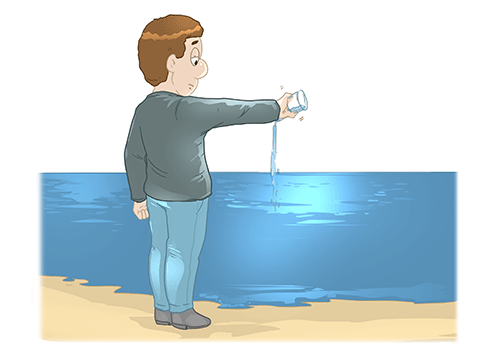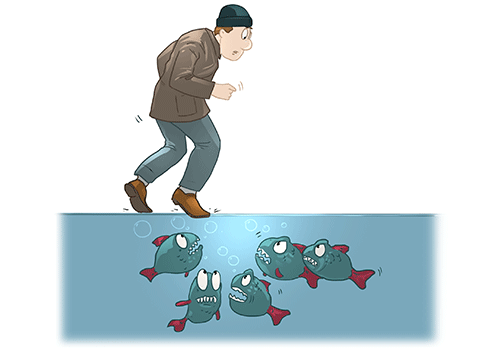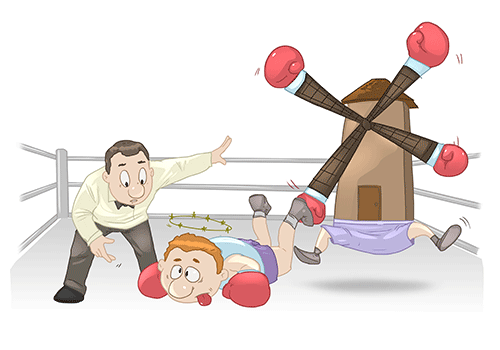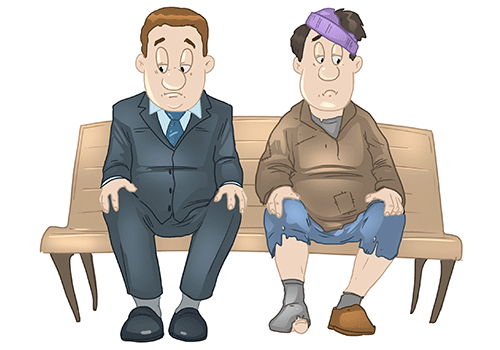Dutch
Nederlands, Vlaams
Nederlands, Vlaams
21 million (plus 5-6 million Afrikaans speakers)
Netherlands, Belgium, Suriname, Aruba, Curaçao, Sint Maarten; EU, Union of South American Nations, unofficially used in the Caribbean Community.
France (20-40.000), Germany (Kleve, East Bergish)
USA, Canada, Australia, New Zealand


Dutch is a pluricentric language, with special developments in various territories. The Northern variant (Netherlands, Hollands Dutch, Dutch Dutch) is the dominant variety and the tendency is for others to converge to it to a greater or lesser degree.
Afrikaans – a sister language
The only still widely spoken Dutch based creole is Afrikaans, one of eleven official languages of the Republic of South Africa. It is also one of the very few creoles to become a literary language and advance to the status of standard. Afrikaans and Dutch are to a large extent mutually intelligible but are clearly distinct languages.
poorly attested
used in many documents and some literature
literature and science
Translation of the Bible, the Statenbijbel, S. Stevin creates scientific terminology, Golden Age of Dutch culture
Congress in Gent
First common spelling
Marchant’s spelling reform - case endings abolished
Spelling adjustment and alternative (“white”) spelling
It is not easy to determine how many letters there are in the Dutch alphabet. In the most important spelling manuals there is not even a list of letters! The commonest is the list with 26 letters, however q, x and y are used only in borrowings. There is also controversy whether the digraph “IJ, ij” (like in IJsland - Iceland) is a separate letter or not. Dutch uses also a broad set of diacritics, about 15 of them (see figure bellow), which are also not considered independent letters. A good speller in Dutch has to have a good command of English, since for many words there are no alternatives to the borrowings (baby, privacy etc.). One of peculiarities of the Dutch spelling is the letter combination “ ‘s- “ — ‘s-Gravenhage, ‘s-Hertogenbosch – to be found only in Dutch.
Dutch has about 40 sounds (phonemes): 24 consonants and 16 vowels, including 4 diphtongs. The distinction between long and short vowels is very important. The Guinness Book of Records actually lists the Dutch dialect Weert as the world’s language system with the largest set of vowels.
One of the most difficult sounds for non-native speakers is the pronunciation of the diphtong ui ([œy], “onion”) and the distinction between the “f-sound” and “v-sound” (the latter being characteristic for Dutch. The problem is that the primary cue for these difference is not vocal fold vibration, but relative length). There are also various “h-sounds” (g, ch, [ɣ], [x] and h – chaos, lach, hoog).
The Dutch lexicon is mostly Germanic but with large amounts of borrowing from Latin, German, French, and English – more or less in that order in time and amount of borrowings. However, the most expressively rich part of Dutch lies not in the words but in the many picturesque and striking sayings, metaphors and idioms that give a kind of visual dimension to this language. It is called beeldspraak (picture talk) and is highly regarded in any kind of narration. These expressions are mostly untranslatable to other languages.
The Dutch are famous, among other things, for being crazy about skating and there are many words from this field which are not translatable, and many of them come from Frisian. One example is: klunen which means “walking on skates across a piece of land between two areas covered with ice”. Koek-en-zopie means “piece of cake and a hot drink consumed while skating or a kiosk selling this.” Other untranslatable terms are connected with bodies of water, channels, dikes, ponds, lakes etc. – for water is the all determining factor in the life of this below-sea-level nation. Some of these words were taken over into other languages and include boulevard (originally: bolwerk - “bulwark”, “bastion”, “barricade”, “defensive construction in front of a fortress”), mannequin (originally from Flemish: mannekke - “a boy, youngster, young man, little boy, guy”), boss (originally: baas). Many maritime and naval terms in English and Russian come from Dutch, for example the illness “scurvy”, “scorbutus” (originally: scheerbuik – injured belly). And of course everyone knows polder, dike, klomps and tulips.











